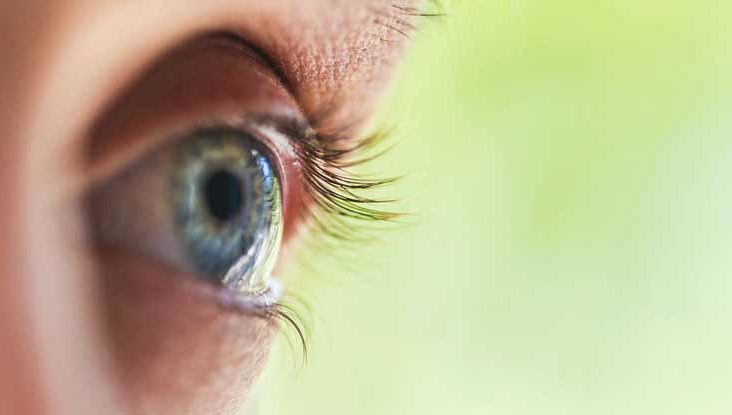Every red eye is not “pink eye”

What is a red eye?
A “red eye” is a general term that is used to describe red, irritated, and bloodshot eyes. The redness happens when tiny blood vessels under the eye’s surface get larger or become inflamed. Usually, it is a reaction to something that is irritating the eye. The condition can affect one or both eyes, and it can develop over time or appear suddenly, such as with allergies or an eye injury. Red eyes can be accompanied by eye pain, itching, eye discharge, swollen eyes, or changes in vision, such as blurred vision. Many times, though, a red eye looks worse than it feels. Many cases of red eye are relatively harmless and usually improve with home remedies or over-the-counter treatments. However, if eyes remain red for more than one week, or if vision is affected, or if there is pain, an appointment with an ophthalmologist (eye doctor), should be made for a medical diagnosis and proper treatment.
What causes red eye?
Red eye has many different causes. Sometimes it is something as simple as wearing contact lenses for too long, or staring at a computer screen for lengthy periods of time without a break. Other causes include, among others:
Allergies
When an irritating substance (such as pollen, pet dander, dust, or certain chemicals found in makeup or contact lens solutions) gets into a person’s body, the immune system reacts. The body releases histamine to fight off the allergens, which causes blood vessels in the eyes to enlarge, and eyes become red, watery, and itchy.
Blepharitis (inflamed eyelid)
This is a common condition that causes the eyelid to become red and inflamed. In addition to a red, swollen eyelid, the eye may also burn, itch, be sensitive to light, and have excessive tears.
Conjunctivitis (pink eye)
Conjunctivitis is one of the most common eye infections, especially among children. It occurs when the conjunctiva, the thin, transparent membrane that covers the white of the eye and lines the eyelids, gets infected. When the conjunctiva is infected, the blood vessels inside it become irritated and swell, making the eye look red or pink. Many times the eyelids also emit a sticky discharge, and eyelashes can stick together.
There are different types of pink eye. Viral eye infections, the most common, tend to improve on their own, and don’t require prescription medication. Bacterial eye infections require antibiotics. Both types of infection, particularly viral, are contagious and spread easily.
Children are most likely to get pink eye because they are in close contact with others in school or day care centers. Because some types of pink eye are contagious, it is important to see a doctor for correct diagnosis and treatment of the infection. Family physicians or pediatricians can diagnose and treat some eye infections.
Dry eye
When eyes do not produce enough tears, or produce tears that lack the lipid part, dry eye is the result. Adequate and well-functioning tears are needed for eyes to be healthy and comfortable. Dry eye symptoms include stinging or burning, lots of tears followed by periods of dryness, and possible mucus discharge. The condition may be painful, and eyes may be red. Men and women can get dry eye, although it is more common in women, especially those who have gone through menopause. As people age, they produce less of the lipid part of the tears, which puts them at greater risk for dry eye. Dry eye is also a side effect of taking certain medicines. The condition initially can be managed by moistening eyes with artificial tears eye drops.
Eye injury
A trauma or an injury to the eye can cause red, bloodshot eyes. Blood vessels in the eye dilate (open) to allow more blood to get to the injury site for quicker healing. These open blood vessels are what cause the red eye. Eye injuries can include corneal abrasions (scratches to the surface of the eye), puncture wounds, and chemical burns. These eye injuries need immediate medical attention and should be treated as a medical emergency.
Glaucoma
In most cases, glaucoma comes on gradually and usually does not have symptoms at first. Acute or severe glaucoma is a sight-threatening condition that needs urgent medical attention. Be alert to suddenly painful, bright-red eyes, accompanied by seeing halos around lights, vision loss, and nausea.
What are the treatments for red eye?
Remedies for red eye are wide-ranging. Many times, rest, cool compresses over closed eyes, lightly massaging the eyelids, gently washing the eyelids, and/or over-the-counter eye drops, can relieve the symptoms. Other times, an eye doctor may recommend and prescribe antibiotics, special eye drops, or ointments.
Contact SightMD today to schedule an appointment with one of our doctors to discuss your vision health at one of our convenient locations!


